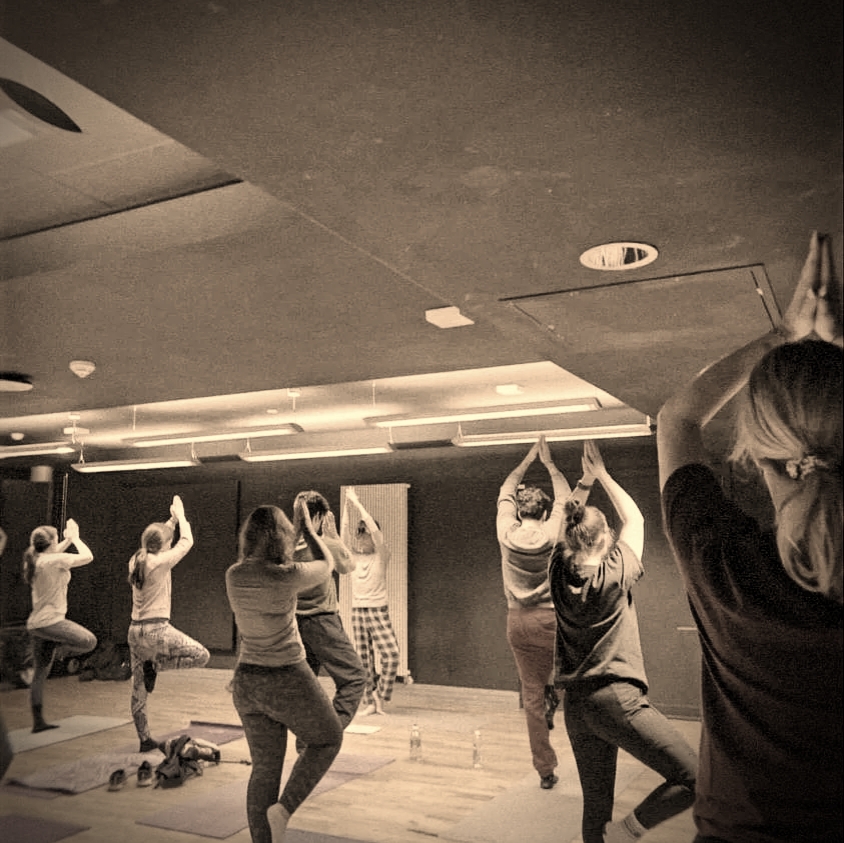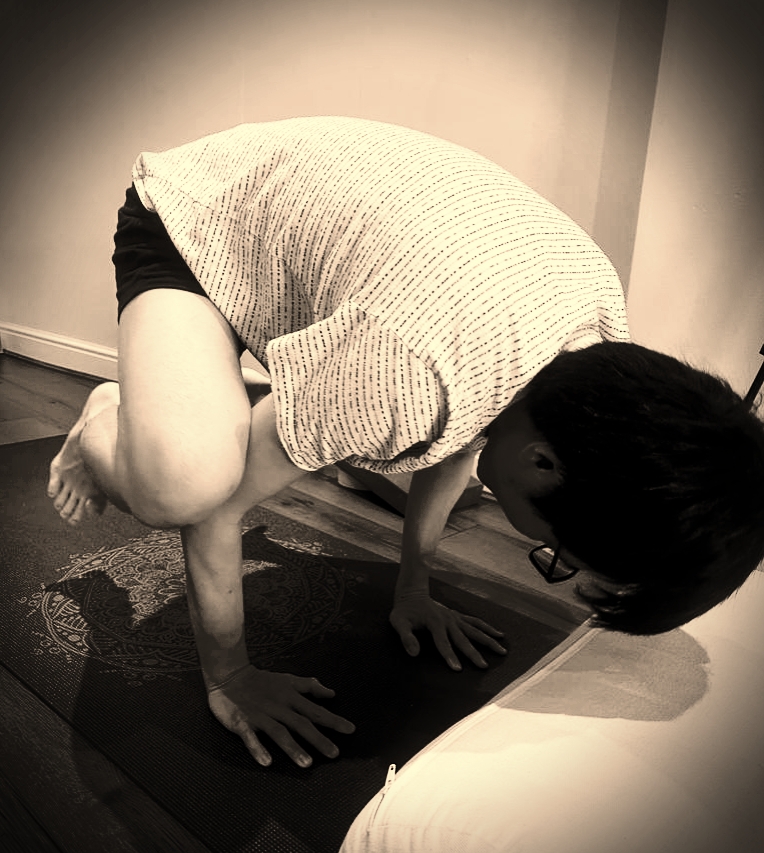Yoga Pona
Currently in Kingston upon Hull, the UK.





About me
My name is Kenneth Y. Wertheim, trading as Yoga Pona, but I go by the name of 11250205 too. I identify as aracial, acultural, and agender: a global citizen without a home country. My correct pronouns are they and them. More about my life outside yoga: link.
Yoga entered my life in 2008 when I was at university. It accompanied me throughout my academic drifting. In early 2023, after taking up my first permanent academic position in Hull, I began my 200-hour yoga teacher training with Ann-Marie Mainprize. In October 2023, 15 years after my first yoga class, I was certified by Yoga Alliance Professionals as a registered yoga teacher 200RYT.
I have taught at Hull University Students' Union (HUSU) and covered classes at Allam Sport Centre. Please contact me at yogapona (domain: protonmail.com) to arrange classes.
Teaching style
Toki Pona is a constructed language created by Sonja Lang in 2001. It comprises around 137 words, nine consonants, and five vowels. The language was designed to fill as much of the semantic space with as few tokens as possible. Its small set of phonemes, simple morphology, and rigid syntax make Toki Pona easy to acquire. It allows a user to simplify their thoughts to basic elements and encourages them to be mindful. The word pona—which means both good and simple (and more) in Toki Pona—it can function as an adjective, adverb, noun, verb, or interjection—encapsulates these qualities perfectly.
I adopt a similar approach to yoga. In my classes, I aim to reduce the intent to a minimum set of poses (asanas) while prioritising simple poses with multiple benefits. They are taught in predictable sequences wherein each transition is paired with a breath (pranayama) to bring forth a meditative state.
Regular classes
I mostly teach vinyasa yoga, which focuses on linking poses together in breath-synchronised movements.
Energising flow yoga
This is a conventional vinyasa yoga class to boost motivation, confidence, and focus. A relatively small number of energising and balancing poses are practised in repetitive and fast-paced sequences. It starts with ujjayi pranayama and a set sequence of poses to warm up the spine and neck. Two set sequences centred around the chair and lunge poses respectively follow. From here, one of the sun salutations (surya namaskar) leads to a variable apex sequence. This is what makes each session unique despite the generally disciplined style. After a set wind-down sequence, the yogis relax in savasana (corpse pose).
Meditative flow yoga
If you prefer a slower and introspective class, perhaps for Friday evenings, you may find this class a good fit. It starts with bhramari pranayama and a set gentle warm-up sequence. The main sequence is centred around chandra namaskar: moon salutations. They are the lesser-known counterparts of surya namaskar. The cooling, calming, and meditative poses take a yogi around the mat. Typically, I teach one cycle before adding variable poses to another to balance the seven chakras (energy centres). This is followed by a variable wind-down sequence and yoga nidra (psychic sleep): a relaxation technique.
Foundations of vinyasa yoga series
This is a progressive series of classes designed for two types of yogis. First, it starts from the most basic poses and sequences before cycling between accessible and challenging ones as the series progresses. It is perfect for beginners. Second, it explores a broad range of poses, sequences, and techniques systematically. Each of them is taught thoroughly and slowly. For example, most poses are taught in at least two consecutive sessions. Serious yogis can derive a personal home practice from this series.
Each session is delivered in an ordered format:
- A breathing exercise (pranayama).
- Warm-up exercises (glutes, core, spine, and neck).
- A grounding pose.
- Hip-opening and energising sequences.
- A balancing pose.
- A floor sequence.
- Relaxation and/or meditation techniques.
If you are interested in following two weekly classes, I recommend that you combine this progressive series with the energising flow yoga class described above. This is exploratory, comprehensive, and slow, while the other is disciplined, specific, and fast.
Private one-to-one classes
Lack of motivation? Anxiety? Shoulder issues? After a free consultation, if you want to, I can plan a lesson to address your specific needs.